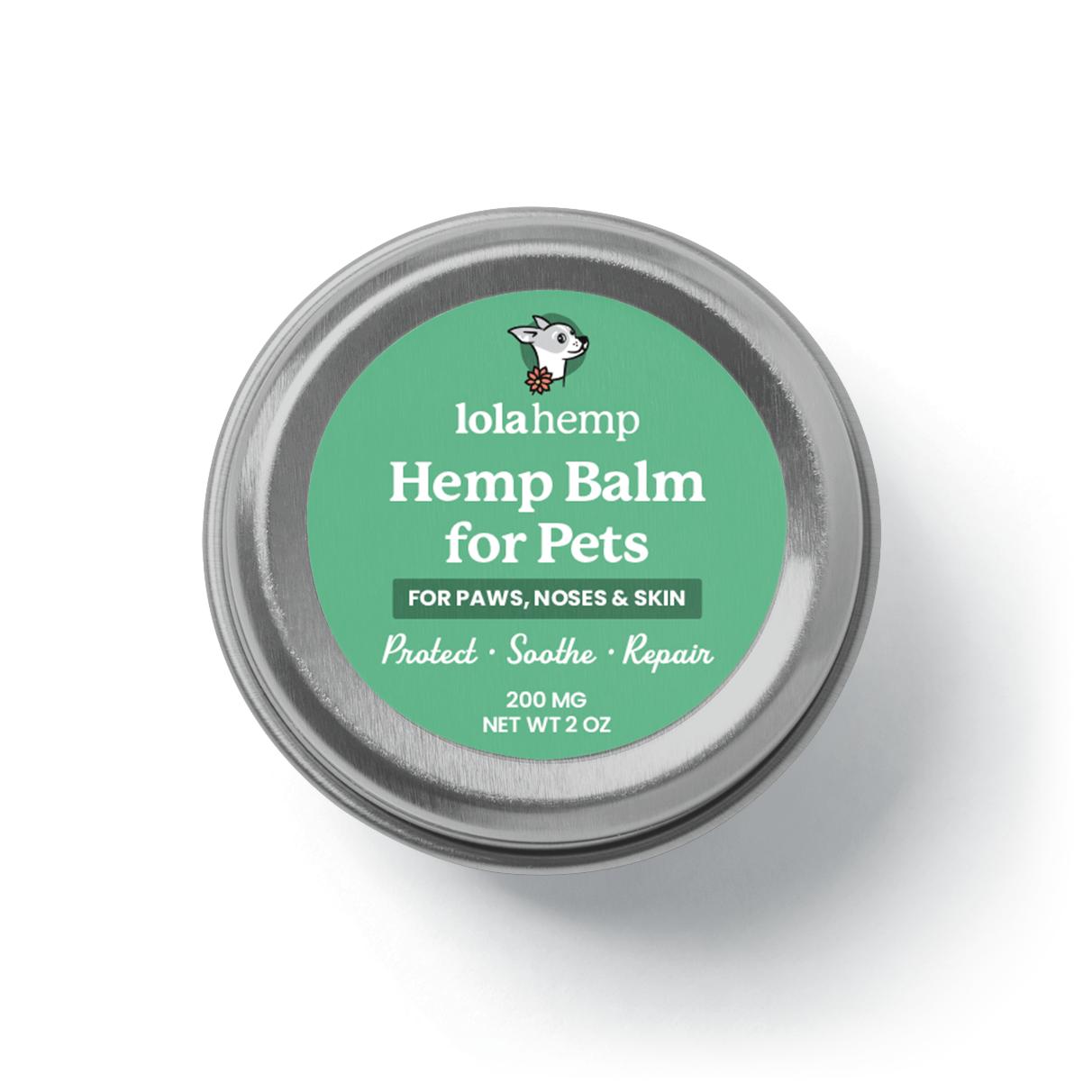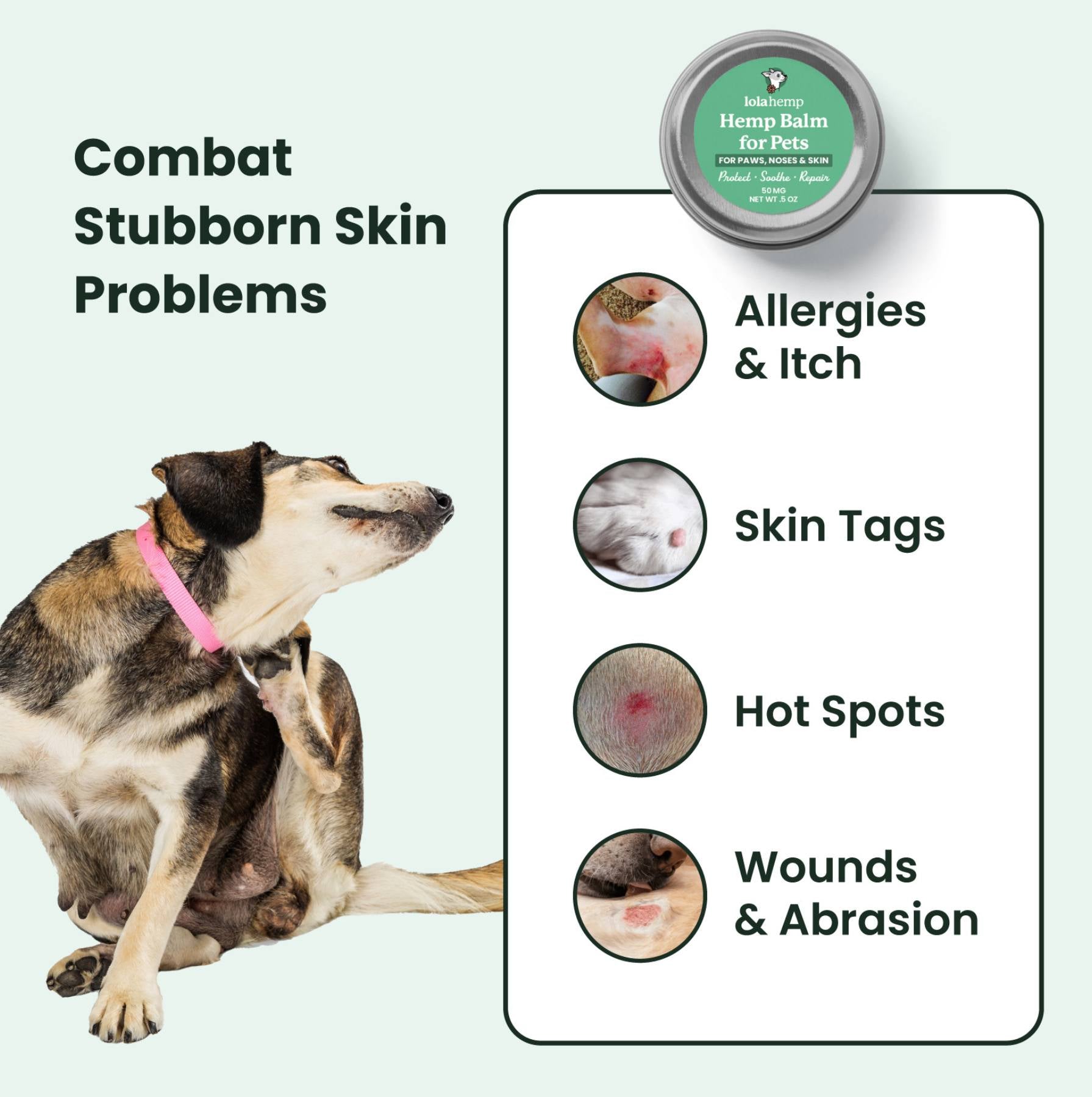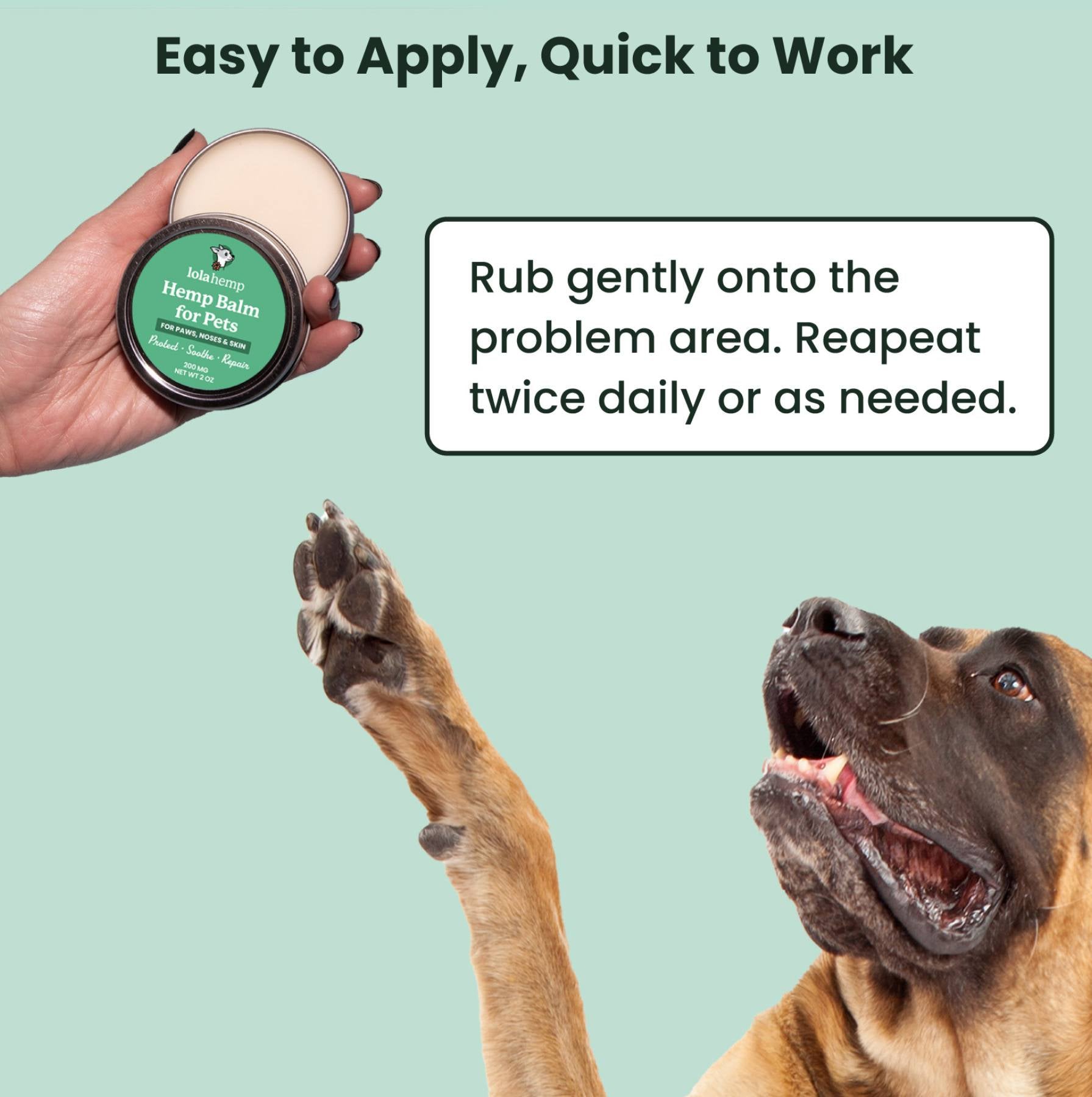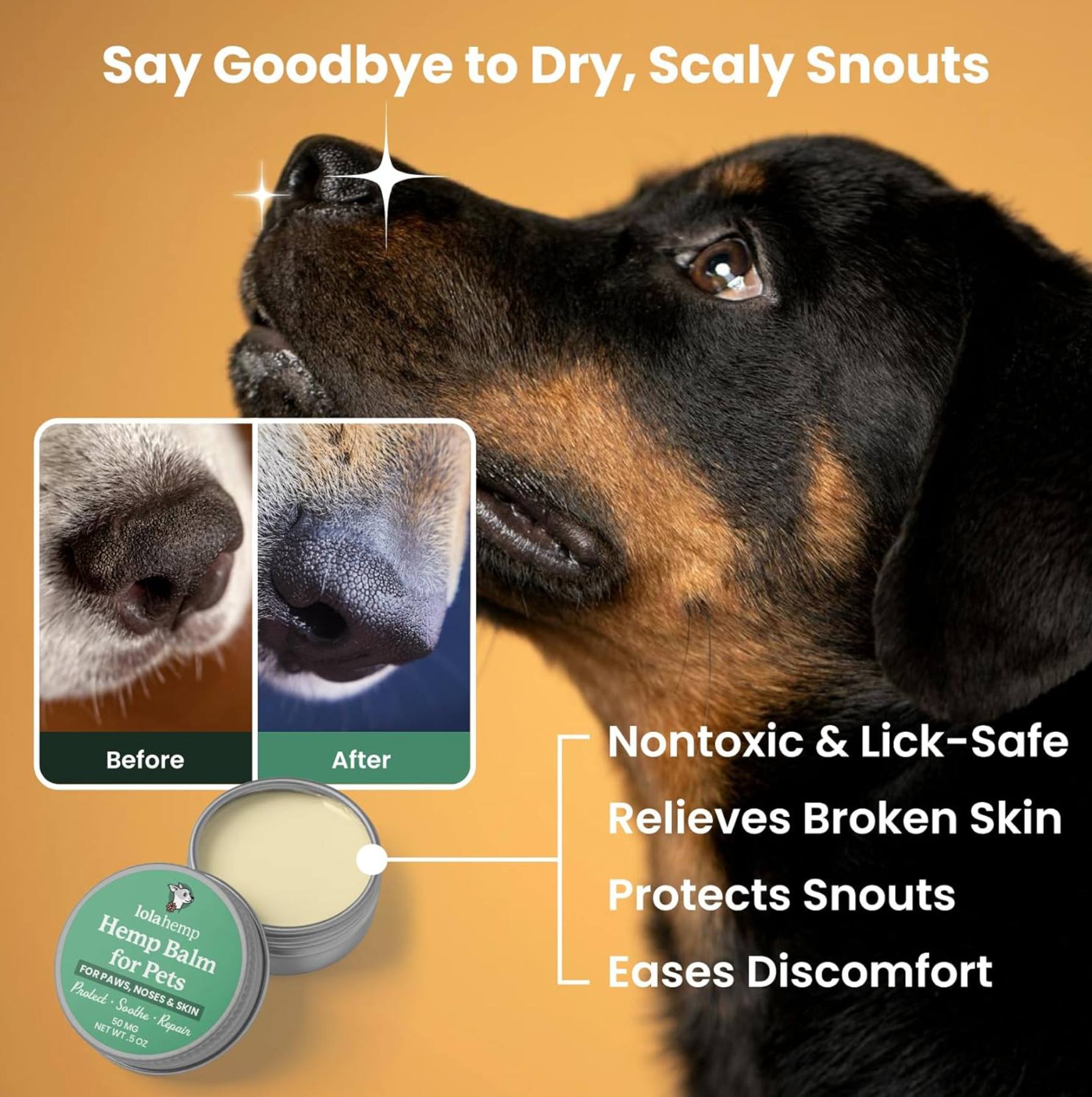Noticing signs of an ear infection in your dog can be concerning, and you might be hesitant to rush to the vet if it’s not absolutely necessary. Fortunately, there are effective home remedies that can help alleviate your dog's discomfort safely and may even resolve the issue without a trip to the clinic. That said, if your dog's symptoms are severe or persist for longer than a few days, you should visit your veterinarian.
You should only use home remedies for mild ear infection cases where otitis externia or media are suspected, not in cases of inner ear infections.
Ear infections in dogs are usually caused by caused by an allergic reaction, bacteria or yeast overgrowth, mites, foreign bodies, or increased moisture. We'll explore various home remedies to dog ear infections, their safety, and their potential effectiveness, empowering you to take charge of your dog's health. By understanding these options, you can feel more confident in addressing your dog's ear infection at home.
Let's find you the right home remedy your dog's ear infections.
4 Natural Ear Infection Remedies for Dogs
The following remedies are meant to address these common symptoms of ear infections in dogs:
-
Head Shaking: Frequent shaking of the head can indicate discomfort.
-
Scratching or Rubbing: Dogs may scratch their ears or rub them against furniture to relieve irritation.
-
Odor: A foul smell coming from the ear is a common symptom of infection.
-
Redness and Swelling: The ear canal may appear red or swollen.
-
Discharge: You might notice a discharge that can be brown, yellow, or bloody.
-
Pain or Sensitivity: The dog may flinch or yelp when the ear is touched.
-
Balance Issues: In severe cases, the dog may show signs of unsteadiness or difficulty walking.
If your dog is showing any of the signs above, you're in the right place. Note that you should never include hydrogen peroxide or alcohol in any of the solutions you make for your dog's ear.
It's generally not recommended to use cotton swabs in a dog's ears. While they might seem useful for cleaning, cotton swabs can push debris further into the ear canal, potentially causing injury or pushing wax and dirt deeper. Cotton swabs may also rupture the eardrum.
Instead, it's safer to use a vet-recommended ear cleaner and a soft cloth or cotton ball to gently wipe the outer ear. If there's a lot of buildup or if you're concerned about your dog's ears, it's best to consult a veterinarian for proper cleaning and advice. Further, for serious issues such as chronic ear infections, always start with a trip to your veterinarian.
1. Apple Cider Vinegar for Dogs' Ears
Why It Helps: Apple cider vinegar has anti-bacterial and anti-fungal properties, which can target the key sources of ear infections in dogs. The key benefits are a rebalancing of pH levels, antimicrobial actions, gentle cleansing, and it may even help to soothe your dog's irritated ears.

Here's How to Use ACV for Your Dog's Ear Infection
-
Dilution: Mix equal parts of apple cider vinegar and water to create a diluted solution. This helps reduce the acidity, making it gentler on the ears.
-
Application: Using a dropper or a cotton ball, apply a few drops of the diluted solution into the dog's ear.
-
Massage: Gently massage the base of the ear to help the solution penetrate and clean the ear canal.
-
Wipe: Use a clean cotton ball to wipe away any excess fluid and debris.
-
Frequency: This can be done 1-2 times daily until the symptoms improve, but it's essential to monitor the dog's response and stop if any irritation occurs.
Safety Considerations When Using Apple Cider Vinegar
-
Dilution: Always dilute ACV with equal parts water before application. Undiluted vinegar can irritate the skin and worsen inflammation.
-
Ear Condition: Do not use ACV if the ear is bleeding, has open wounds, or if there is a severe infection. These conditions require veterinary attention.
-
Allergic Reactions: Monitor your dog for any signs of an allergic reaction, such as excessive itching, redness, or swelling after application.
-
Consult Your Vet: It's important to consult with a veterinarian before trying home remedies, especially if your dog has a history of ear problems or underlying health conditions.
-
Frequency of Use: Limit the frequency of application to prevent skin irritation after your dog's ear infection symptoms resolve. Typically, once or twice a week is sufficient at that point, but always follow your vet’s advice.
-
Not a Replacement: Remember that ACV should not replace professional veterinary treatment for serious ear infections. If symptoms persist or worsen, seek veterinary care immediately.
2. Coconut Oil for Dog Ear Infections
Why It Helps: Coconut oil can help ear infections and related symptoms in dogs due to its antimicrobial properties, moisturizing effects which can soothe an irritated ear canal, potential anti-swelling effects, and even the ability to break up excess earwax which may contribute to blockages and infections.

Here's How to Use Coconut Oil for Your Dog's Ear Infection
To use coconut oil for ear infections in dogs, follow these steps:
-
Melt the Coconut Oil: If the coconut oil is solid, gently warm it until it becomes a liquid. You can do this by placing the container in warm water or using a microwave for a few seconds.
-
Test the Temperature: Ensure the oil is at a comfortable temperature before applying it to your dog's ears to avoid burns and discomfort.
-
Apply the Oil: Using a dropper or cotton ball, apply a few drops of the warm coconut oil directly into the affected ear.
-
Massage the Ear: Gently massage the base of the ear to help the oil penetrate deeper into the ear canal.
-
Wipe Excess Oil: After a few minutes, use a clean cotton ball or soft cloth to wipe away any excess oil and debris from the outer ear.
-
Repeat as Needed: You can apply coconut oil 1-2 times a day until the symptoms improve.
Safety Considerations of Using Coconut Oil for Dogs' Ears
-
Allergies: Ensure your dog is not allergic to coconut oil. Monitor for any signs of an allergic reaction, such as itching or redness.
-
Quality of Oil: Use high-quality, organic, and unrefined coconut oil to avoid additives that could irritate your dog’s ears.
-
Dosage: Avoid overusing coconut oil. Applying too much can lead to a buildup, which may worsen the infection or cause discomfort.
-
Not a Replacement: Coconut oil should not replace veterinary care. If symptoms persist or worsen, consult a veterinarian.
-
Ear Cleaning: Ensure the ears are clean before application. Using coconut oil on dirty ears can trap debris and worsen the infection.
-
Watch for Symptoms: Monitor your dog for signs of discomfort, increased irritation, or any unusual behavior after application. If any adverse reactions occur, discontinue use and seek veterinary advice.
3. Warm Olive Oil
Why It Helps: Warm olive oil can help soften earwax, making it easier to remove and relieving discomfort associated with ear infections. Its soothing properties can also provide temporary relief for irritated ears.

How to Use Warm Olive Oil on Your Dog's Ears:
-
Warm the olive oil slightly; ensure it’s not too hot to prevent burns and discomfort.
-
Use a dropper to place a few drops into the affected ear.
-
Gently massage the base of the ear for a few seconds to help distribute the oil.
-
Allow your dog to shake its head to remove excess oil and softened wax.
Safety Considerations When Using Olive Oil:
-
Temperature: Always check the temperature before applying. It should be lukewarm, not hot.
-
Quality of Oil: Use high-quality, extra virgin olive oil without additives.
-
Ear Cleaning: Only use olive oil if the ear is free from severe debris or infection. If the ear appears very dirty or inflamed, consult a vet first.
-
Watch for Reactions: Monitor your dog for any signs of irritation or discomfort after application. If symptoms worsen, discontinue use and seek veterinary advice.
4. Aloe Vera
Why It Helps: Aloe vera possesses anti-inflammatory properties that can soothe irritated tissues in the ear. It also promotes healing and can help reduce pain associated with ear infections.

How to Use Aloe Vera for Dog Ear Infections:
-
Use pure aloe vera gel (preferably organic) to avoid additives.
-
Apply a small amount to a clean cotton ball or swab.
-
Gently apply it to the inside of the ear flap and the outer ear canal.
-
Avoid inserting the cotton ball too deeply; just coat the affected areas.
Safety Considerations When Using Aloe Vera:
-
Pure Aloe Vera: Ensure you are using 100% pure aloe vera gel without any added chemicals or fragrances.
-
Allergic Reactions: Some dogs may be sensitive to aloe. Monitor for signs of allergic reactions, such as itching or swelling.
-
Not for Ingesting: Do not let your dog ingest aloe vera, as it can be toxic if consumed in large quantities.
-
Consult a Vet: If symptoms persist or if the ear appears severely infected, consult a veterinarian for appropriate treatment.
Understanding Ear Infections in Dogs
These home remedies, like apple cider vinegar, coconut oil, warm olive oil, and aloe vera, can be helpful for minor ear issues, such as mild infections or wax buildup. However, they may not be effective for all types of ear infections, especially those caused by bacteria, yeast, or more severe underlying conditions.

3 Types of Ear Infections
-
Otitis externa is an inflammation or infection of the external ear canal, which includes the outer ear and the ear canal leading to the eardrum.
-
Alternatively, Otitis interna, also known as inner ear infection, is an inflammation or infection of the inner ear structures, which include the cochlea (responsible for hearing) and the vestibular system (responsible for balance).
-
Finally, Otitis media is an infection or inflammation of the middle ear, which is the space behind the eardrum that contains tiny bones responsible for hearing.
Remedies like apple cider vinegar, coconut oil, warm olive oil, and aloe vera may support your dog if they're experiencing any of these infections, although the stakes are high so it's best to consult with your vet.
When to Go to The Vet for Ear Infection Symptoms
It's wise to go to the veterinarian as soon as your dog's ear infection makes itself clear. The home remedies above may be useful if your dog is starting to scratch at their ear or has clear indications of mild discomfort.
These symptoms typically mean something is going on, and it could be a sign of the start of an ear infection. That said, without going to the vet, you can't get a sense of the underlying cause or determine if there are foreign bodies in the ear canal causing discomfort.
Clear Signs of Your Dog's Ear Infection
If your dog is showing the following signs, it's a good indication that they have a severe ear infection, or that the issue might be well underway. These signs should prompt you to seek professional veterinary care for your canine companion.
Do your dog's symptoms look like this?
-
Foul Smell: A strong, unpleasant odor coming from the ear.
-
Discharge: Noticeable discharge from the ear canal, which may be yellow, brown, or black.
-
Inflamed Ears: Inflammation or redness in and around the ear canal.
-
Persistent Scratching: Constantly scratching at the ears or rubbing them against furniture.
-
Severe Pain: Signs of pain when the ear is touched, such as yelping or pulling away.
Severe ear infections or recurrent ear infections can cause damage to your dog's ear canal, the ear drum, or contribute to hearing loss in severe cases.

The Underlying Causes of Ear Infections in Dogs
The underlying causes of ear infections in dogs can vary widely, but common factors include:
-
Allergies: Environmental allergens (like pollen or dust) and food allergies can lead to inflammation and ear infections. Learn more about dog allergies here.
-
Earwax Buildup: Excessive wax can trap moisture and create a breeding ground for bacteria and yeast.
-
Moisture: Dogs that swim or are bathed frequently may have moisture trapped in their ears, increasing the risk of infection.
-
Infectious Agents: Bacteria, yeast, and parasites (like ear mites) can all lead to infections.
-
Foreign Objects: Debris or objects lodged in the ear canal can cause irritation and lead to infections.
-
Underlying Health Conditions: Conditions such as hypothyroidism, autoimmune diseases, or other systemic issues can predispose dogs to ear infections.
-
Anatomy: Certain breeds with floppy ears (like Cocker Spaniels or Basset Hounds) are more prone to ear infections due to less airflow in the ear canal.
Understanding these underlying causes can help in preventing future infections and ensuring timely treatment.
Preventing Ear Infections in Dogs
There are several ways to help prevent ear infections in dogs:
-
Regular Cleaning: Gently clean your dog's ears with a vet-recommended ear cleaner. This helps remove dirt and wax buildup.
-
Dry Ears After Bathing: Ensure your dog's ears are dry after baths or swimming, as moisture can contribute to infections.
-
Check for Allergies: Allergies can lead to ear infections. Work with your vet to identify and manage any allergies your dog may have.
-
Routine Vet Visits: Regular check-ups can help catch ear issues early before they develop into infections.
-
Avoid Irritants: Keep your dog away from irritants like smoke, strong odors, or other allergens that might affect their ears.
-
Proper Ear Flap Care: For breeds with long ear flaps, make sure to keep the ear flap clean and dry, as these can trap moisture.
By incorporating these practices into your dog's care routine, you can help reduce the risk of ear infections.
Ear Infections vs Ear Mites in Dogs: Similar Symptoms

Ear mites and ear infections are two different issues that can affect dogs, and it's important to distinguish between them:
Ear Mites
-
What They Are: Ear mites are tiny parasites that live in the ear canal, causing irritation and itching.
-
Signs: Common signs include excessive scratching at the ears, shaking of the head, and dark, coffee ground-like debris in the ear.
-
Causes: They are contagious and can be spread from one animal to another, often occurring in pets that interact closely.
-
Treatment: Treatment typically involves topical medications prescribed by a veterinarian to eliminate the mites.
Key Differences Between Ear Mites & Infections
-
Cause: Ear mites are parasites, while ear infections are typically caused by bacteria, yeast, or allergies.
-
Debris: Ear mites produce a characteristic dark, crusty discharge, whereas ear infections may produce a variety of discharges, including yellow, brown, or bloody fluid.
-
Contagion: Ear mites can spread between animals, while ear infections are not contagious.
If you suspect your dog has either condition, it’s best to consult a veterinarian for proper diagnosis and treatment.
Natural Remedies for Ear Mites
You can use the remedies listed in this article (ACV, coconut oil, warm olive oil, & aloe vera) to attempt to resolve your dog's ear mite issues, or at the very least relieve some of the discomfort associated with them.
Final Thoughts
If the root causes of your dog's ear infections are left untreated, your pet could experience serious issues like facial paralysis, hearing loss, or worse. If your dog's light ear infection discomfort isn't resolved by the remedies in this article quickly, you should visit professional help.
If your dog's symptoms are serious and causing them a lot of discomfort, you should call your veterinarian now and schedule an appointment. Ear infections are very uncomfortable, and they're cause for concern when they advance.
While home remedies can be effective, it's wise to skip them in this case and visit your veterinarian as soon as you're able to.









